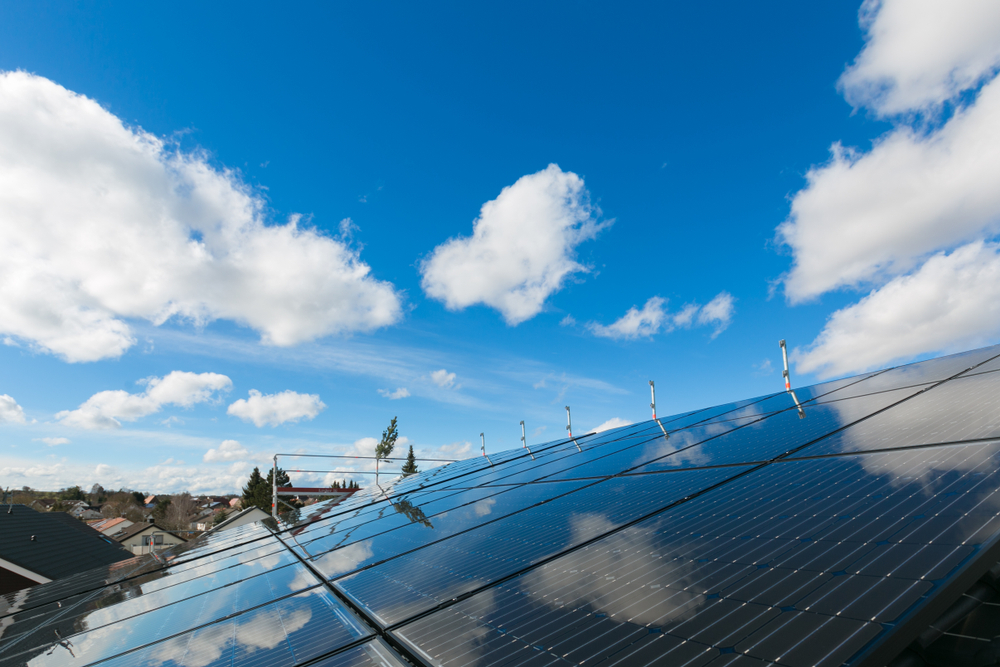UK company leads the world in perovskite patents

Cintelliq report shows Oxford PV holds 119 published patents while in second place Sekisui Chemical Co Ltd holds 86
The latest perovskite patent landscape report from Cintelliq finds explosive growth in perovskite photovoltaic patent publications over the past two years. In 2016 and 2017 more than 1500 patents have been published representing 75 percent of all perovskite photovoltaic patents published since 2008.
The catalyst for this growth in perovskite photovoltaic patents, says Cintelliq, can be traced back to the publication of an academic paper in 2012 by Henry Snaith et al on perovskite solar cell technologies which showed it was possible to improve power conversion efficiencies to more than 10.9 percent and at the same time offering route towards a low-cost manufacturing process.
Fast forward to 2018 and technical progress has been impressive with perovskite power conversion efficiencies being perovskite solar cell technologies can reach more 22 percent.
Not only is technical progress rapid but so too has been the transitions to commercial production, according to Cintelliq. Within the past year Oxford Photovoltaics has set up a pilot production facility in Germany as too has Greatcell Solar in Australia and Saule in Poland.
The total number of patents published to the end of December 2017 is 2030, filed by 396 distinct assignees. The growth in patents published between 2016 and 2017 is staggering - 75 percent of the current published patents appeared in these two years.
One surprising finding from the patent landscape study is that a single UK based company Oxford Photovoltaics Ltd holds 119 published patents, that is 33 patents more than second place Sekisui Chemical Co Ltd. Oxford Photovoltaics Ltd is a spin-out company from the University of Oxford and based on the work of Henry Snaith who currently holds the position of professor in physics in the Clarendon Laboratory at the University of Oxford.
Further, analysis reveals significant regional differences in the patenting activities between commercial and academic assignees. At the moment academic assignees account for 1111 (55 percent) of these published patents, and commercial assignees for 805 (40 percent) with the remaining 6 percent published patents by jointly owned patents (84) and those from independent assignees (30).
Examination of the commercial assignees shows that both materials and device companies are actively developing perovskite solar cell technologies. Within the top fourteen commercial and academic assignees there there are two devices companies, four companies and eight academic institutions:
Craig Cruickshank, lead author of the report at Cintelliq, said: "Given the number of organisations involved, the pace of development and the rapid improvement in power conversion efficiency perovskite technology raises it commercial potential to challenge silicon as the dominant solar cell technology of the future. Keeping track of patenting activities will be vital for any organisation who wishes to be a major player in this field of development."
The report 'Perovskite photovotiacs: A review of the patent landscape - 2018-Q1' covers patents up to the end of December 2017.


































